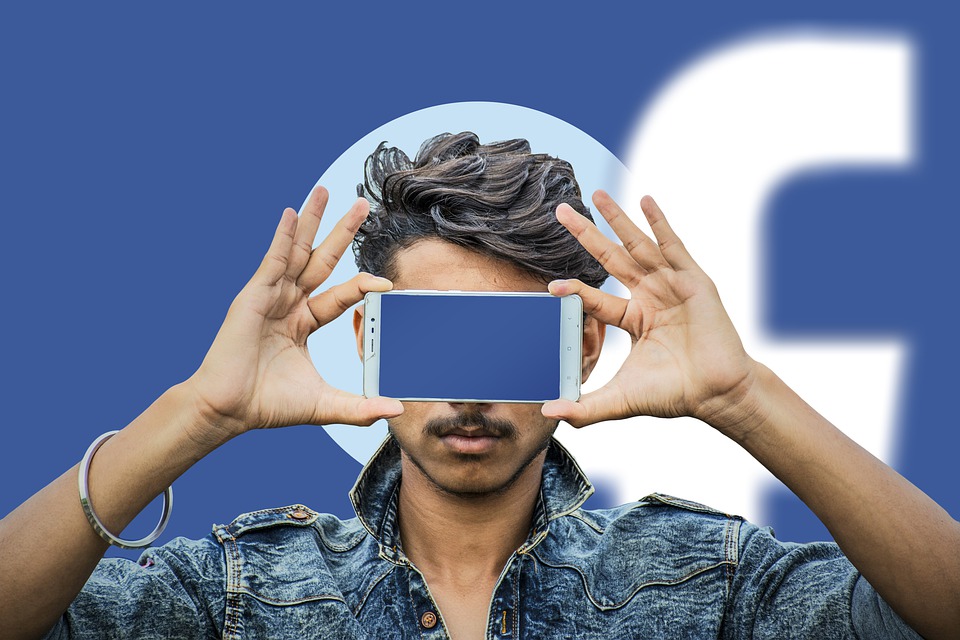Nearly 90% of retail marketers will increase marketing spend this year.
By MediaStreet Staff Writers
RetailMeNot has released result of a study showing how retail marketers will expand their content, use their marketing spend and what they are planning in 2018 to better engage and convert consumers.
This year, 9 in 10 retailers will increase marketing spend, and marketers will spread their increased budget almost evenly among marketing channels such as social, mobile, brand and display. This move reflects the need to ensure that every customer is receiving information in the channel of their choice. Interestingly, 93% of mid-sized retailers (between US$500 million and US$1 billion in annual revenue) are increasing their budget compared to 86% of large retailers (more than $1 billion in annual revenue) indicating an increase.
“Retail marketers are no longer thinking in channel silos. They are approaching commerce holistically with an understanding that consumers are channel-agnostic,” said Marissa Tarleton, CMO, RetailMeNot. “Delivering an experience that meets the consumer in the moment across the shopping journey will be the pathway to success for brands.”
Tackling New Trends and Challenges
While trends like virtual reality are still an exciting frontier, most retail marketers have their sights set on more realistic forward-looking trends. More than half of retail marketers surveyed believe improving mobile web checkout capabilities (52%) and offering exclusive promotions for mobile app users (51%) will positively affect sales growth in 2018. Additionally, voice-assisted shopping is an area that 39% of retail marketers plan to implement, with many retailers hoping to capitalise on increased use of smart home systems and smart speakers.
About 50% of retailers indicated they will use multi-touch attribution in order to better monitor the quality of traffic from their advertising investments. Further, retailers will become more bullish on advertising fraud as they look to ensure that their marketing is reaching the highest quality audience. More than 6 in 10 retail marketers (63%) will increase their direct media buying in 2018 in order to better monitor the quality of their traffic from advertising investments.
Holistic Approach to Increasing Sales
Retail marketers are wisely embracing mobile as a conduit for sales both on the phone and in physical retail stores. Based on our survey, retail marketers believe mobile is the key priority for positively affecting sales growth, and 72% will use mobile marketing to drive in-store sales. Further, 82% will rely on mobile marketing to drive in-app sales.
As marketers look to increase revenue in the coming year, their team structures and channel approaches will evolve to become more cross-functional. In fact, 50% of retail marketers say that their mobile marketing team falls under digital marketing within their organisation, up from 41% in 2016.
Finally, promotions continue to be top-of-mind for driving sales. Most retailers (76%) plan to increase the amount of promotions they are offering in 2018, and 86% will partner with websites and apps that focus on deals, cash back and loyalty programs.
“The convergence between physical and digital shopping will blend even further this year,” said Tarleton. “As retail shifts continue, delivering seamless shopping experiences—be it in-store or online—are critical to success.”
RetailMeNot is a savings destination connecting consumers with retailers, restaurants and brands, both online and in-store. The company enables consumers across the globe to find hundreds of thousands of offers to save money while they shop or dine out.
Have you listed your company in our Media Directory? It’s free! Everyone’s favourite price! Click here to do it now.





























